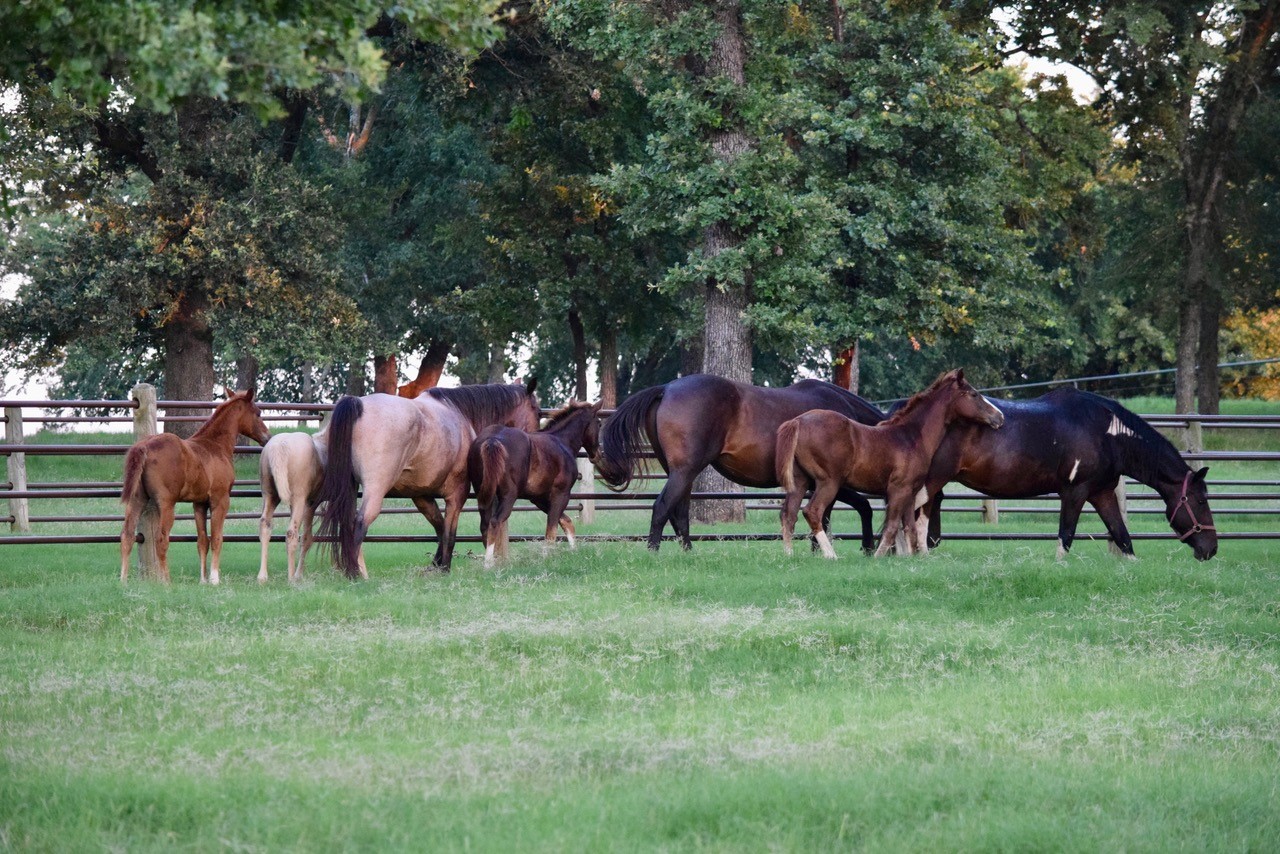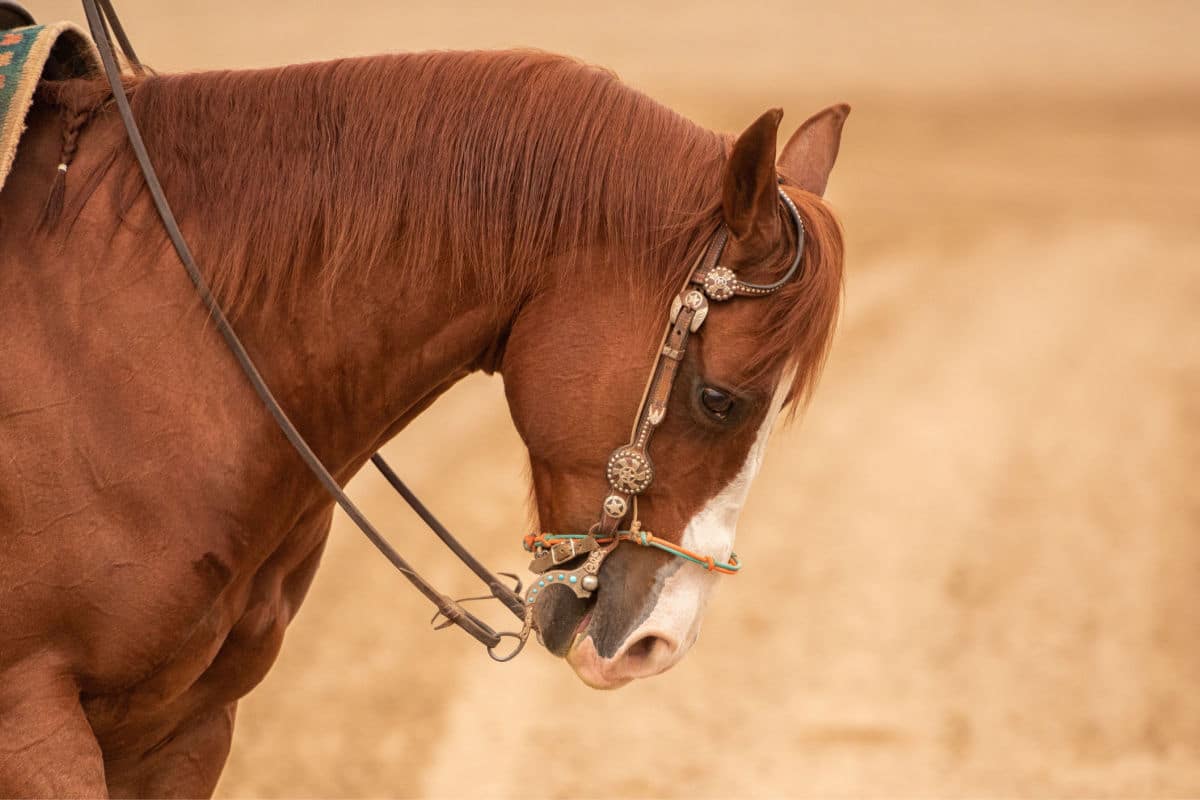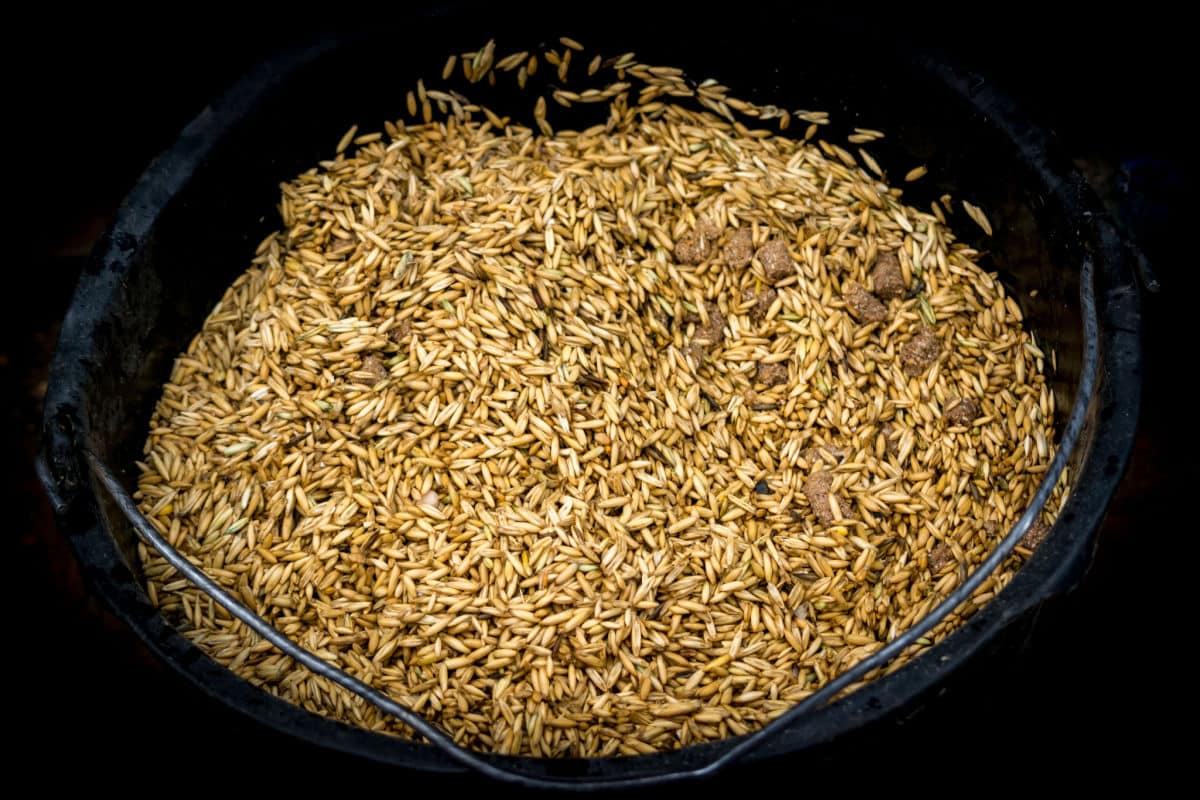In Monday Myths we debunk common misconceptions about a range of topics regarding equine digestive health and care. These are real statements made by real horse people. Have a question or topic you would like to see covered? Submit your idea here.
Statement: My vet scoped my horse and confirmed that she has gastric ulcers. We’ll do a round of treatment and she should be good to go in a month.
Using an endoscope to visually confirm the presence of gastric ulceration in a horse’s stomach is a common practice – and generally fairly accurate. In fact, scoping is the most widely accepted means of visually verifying the presence of stomach ulcers. And the oft-prescribed and FDA-approved treatment with omeprazole to suppress stomach acids and allow the ulcers to heal is generally effective. However, a horse’s stomach is only a small portion of a very large gastrointestinal equation – about 10% to be exact.
Scoping a horse and confirming gastric ulcers does not rule out an additional hindgut problem.
Here are four reasons why visually confirming gastric ulcers should always be the beginning of the diagnostic process, and not the final diagnosis.
#1: 62% of horses with gastric ulcers also have colonic ulcers
We have performed over a thousand necroscopic studies of horses and found an alarming rate of ulceration in both fore- and hind gut. In one of these studies of 180 performance horses, we found that 87% of the horses were suffering from gastric ulcers. Of those horses with gastric ulceration, 62% also had colonic ulcers. That means that more than half of the horses with gastric ulcers also had accompanying hindgut ulcers.
That’s a better than 50/50 chance that your horse who scopes positive for gastric ulcers may also have colonic ulcers.
#2: Many symptoms of digestive distress indicate both fore- and hind gut problems
Many of the signs of digestive tract distress that prompt a call to the vet can point to problems in either or both the fore- and hind guts. These include poor body condition, loss of appetite, weight loss, changes in attitude, discomfort under saddle, and difficulty performing or training. Confirming that these symptoms are related to gastric ulcers doesn’t mean they aren’t also related to additional hindgut problems.
Alternatively, when cribbing is related to digestive health it is always gastric, while girthiness and diarrhea are hindgut symptoms. (Subscribe to the blog so you don’t miss our upcoming coverage of these topics.)
#3: Gastric ulcers treatments don’t help the hindgut
Most gastric ulcer treatments work by essentially shutting off the digestive acids in a horse’s stomach, allowing the ulcers to heal without irritation. This is generally very effective for treating gastric ulcers in the upper, non-glandular portion of the stomach – but doesn’t do anything to treat the hindgut which functions very differently. In fact, shutting off stomach acid may actually make hindgut issues worse. Stomach and hindgut ulcers require very different treatments.
Also, note that recent research has found that omeprazole has minimal effect on ulcers in the lower half of the stomach.
#4: Ulcers are a symptom, not a disease
There’s a reason stomach ulcers are officially referred to as “equine gastric ulcer syndrome” (or “EGUS”): they are really symptoms of disease, not the disease itself. Considering gastric ulceration a final disease diagnosis would be like saying your child was diagnosed with itchy red spots rather than the chicken pox.
To keep ulcers at bay long-term, it’s critical to continue further in the diagnostic process to find the bigger problem that is causing them in the first place.
Gastric ulcers are a final diagnosis = myth. Confirming gastric ulceration only points to the likelihood of accompanying hindgut issues as well as a deeper root issue.



